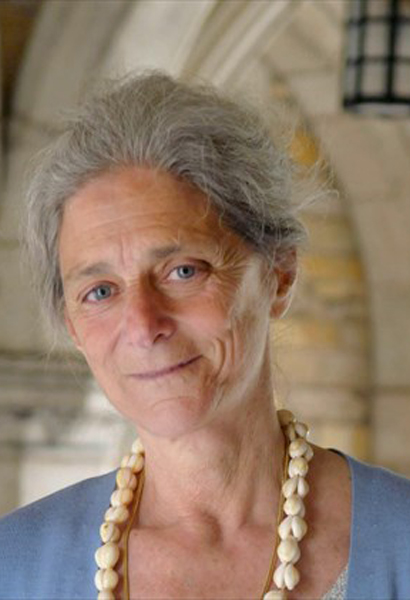

Specialty: Neuropathology, Medicine
Major Contributions:
Leads the Manuelidis TSE Laboratory
Published three books of poetry
Research on Creutzfeldt-Jakob Disease
Professor of Surgery (Neuropathology) Yale School of Medicine
Section Chief Neuropathology (Surgery) Yale School of Medicine
Image Courtesy Of: Yale School of Medicine
February 29, Leap Day was declared Rare Disease Day in 2008. “Rare” diseases are those that affect fewer people than common diseases like the flu, but “rare” is relative. The U.S. National Institute of Health definition is any disease that impacts less than 200,000 people at any given time or less than 0.06% of the population of the U.S. But there have been over 7,000 rare diseases identified worldwide and only about 5% of these have any effective treatments.
Today, we will look at a scientist who has a rare perspective on a rare disease: Creutzfeldt-Jakob Disease, a human form of transmissible spongiform encephalopathy, more commonly known as mad cow.
Dr. Laura Manuelidis has spent more than two decades delving into rare, brain-eating diseases – much of this work side-by-side with her husband, Dr. Elias Manuelidis, who died in 1992. But she has never found the disease-causing agent and according to her, neither has anyone else.
In 1997, Stanley Prusiner won the Nobel Prize in medicine for his discovery of prions – mis-folded proteins that were believed to somehow become the infectious agent in mad cow. This has since become the generally-accepted explanation infection. But Manuelidis says this explanation leaves many questions unanswered. She and a handful of others believe that prion proteins have something to do with how people and animals get these diseases, but that abnormal prions may be the result of infection. They disagree that prions start the process. Manuelidis believes something else – perhaps an uncommon nucleic acid or undetected virus – is at work. This view puts her at odds with most scientists in the field, but if she is able to identify a cause for CJD other than prions, it would be groundbreaking.
In the Manuelidis Lab at Yale she leads a team of researchers in efforts to get at the root cause of CJD and better our understanding of other infectious particles and their processes. She has published over 100 scientific articles as well as three books of poetry. Manuelidis graduated from Sarah Lawrence in 1963 with a degree in poetry and earned her medical degree from Yale Medical School in 1967.
Written by Nicole Hutchison
Sources:
Virulence profile: Laura Manuelidis
See Also:
Live Chat: When You’re in the Scientific Minority (Science)
A Virus Behind The Mask of Prions?
High CJD Infectivity remains after prion protein is destroyed
February 29th is Rare Disease Day: 4 Reasons You Should Care
